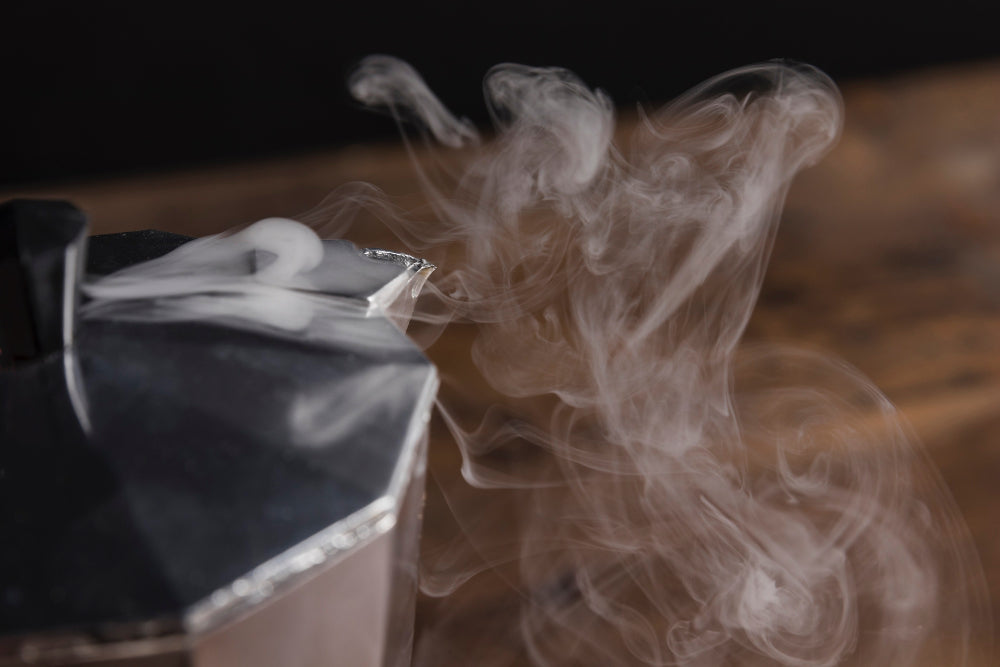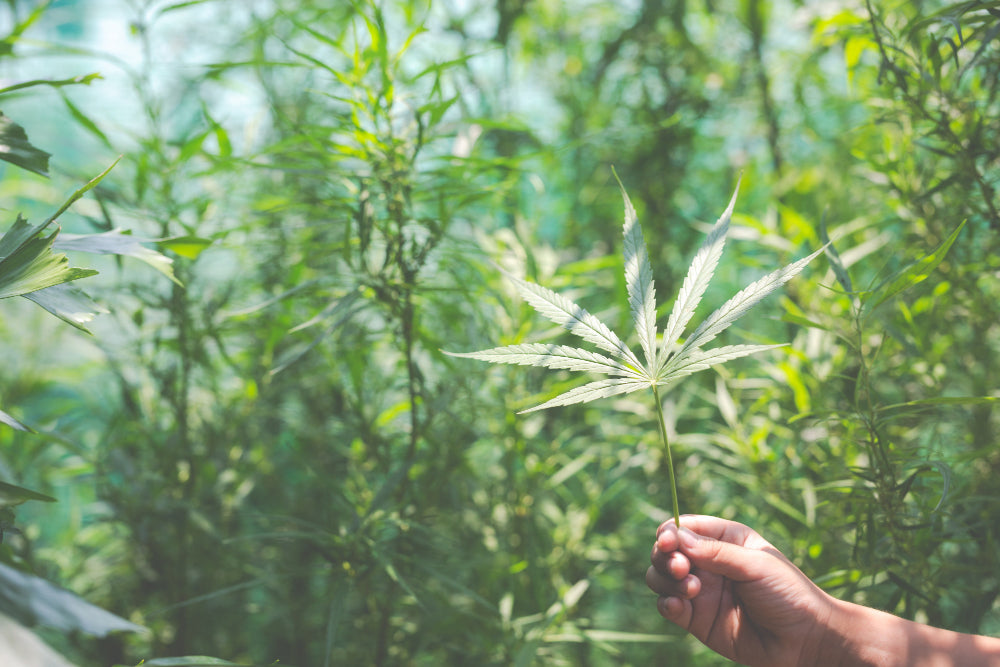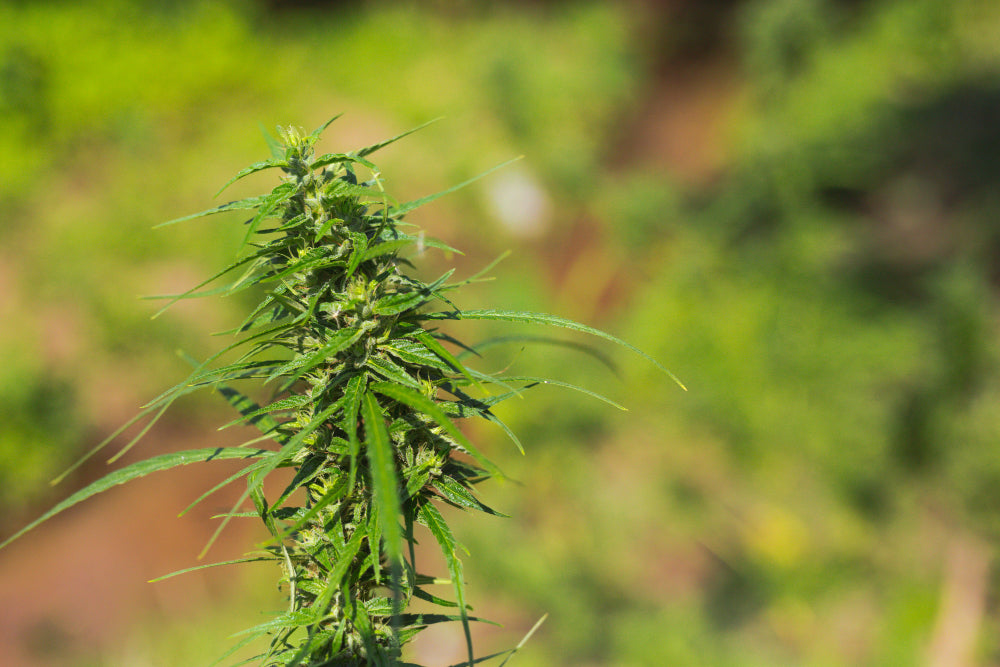Why does the THC level increase without consumption?

In this primer, we'll cover the basics of THC (tetrahydrocannabinol), the psychoactive component in cannabis that's responsible for most of the known effects of marijuana. It's important to understand both the effects and long-term presence of THC in the body to understand the dynamics behind drug testing and the seemingly inexplicable rise in THC levels without direct consumption.
What is THC?
Tetrahydrocannabinol, better known as THC, is the primary psychoactive cannabinoid in cannabis. It is responsible for the high associated with marijuana use. THC interacts with the body's endocannabinoid system, triggering a variety of effects on mood, perception, and cognitive function.
Why is knowing THC levels important?
Understanding THC levels is crucial for anyone faced with drug testing, whether in the workplace or in legal situations. Having a solid understanding helps you know your rights and clear up any misunderstandings surrounding test results. It is also important for estimating how long the substance might be detectable after consumption.
Basics of THC and drug testing
Knowing how THC works in the body and how drug tests detect it is essential for anyone considering cannabis. It not only helps you better understand your own consumption habits, but also how to prepare for legal or professional reviews.
How is THC stored in the body?
THC is fat-soluble, which means that it can be stored in the body's fat cells and stored there for long periods of time. This property means that THC can remain in the body long after the last consumption and can be released again under certain circumstances, such as the breakdown of fat cells during intense physical activity or weight loss.
How long does THC remain detectable?
The detectability of THC in the body can vary greatly and depends on several factors, including frequency of use, body fat percentage, metabolism, and the type of drug test used. In general, THC may be detectable for a few days to a week in occasional users, while in regular users it may take weeks or even months for the body to be completely clear of detectable traces of THC.
Unexplained increase in THC levels without consumption
There are several scenarios in which THC levels in the body can increase, even without recent cannabis use. This can cause confusion and concern, especially if one is unexpectedly required to undergo a drug test. In this section, we will look at three main reasons for such unexpected increases: physical activity, passive exposure, and medical conditions.
Effects of exercise on THC levels
Exercise and other forms of physical activity can cause THC stored in fat cells to be released back into the bloodstream. This effect occurs because during intense exercise, the body breaks down fat for energy, resulting in the release of THC stored in fat. For people who regularly use cannabis, this could mean that THC may still be detectable long after the last use, especially after intense workouts.
Passive inhalation of cannabis: influence on drug tests
Passively inhaling cannabis smoke, also known as "secondhand smoke," can also cause an increase in THC levels, although the amounts ingested are usually much lower than those from direct consumption. In enclosed or poorly ventilated spaces, the concentration of cannabis smoke can be sufficiently high to cause measurable levels of THC in the body of a person exposed to this environment. This can lead to a false positive result, especially on sensitive drug tests.
Medical conditions that affect THC levels
Certain medical conditions can also affect the way THC is processed and broken down in the body. Diseases that affect metabolism, liver function, or fat distribution in the body can lead to abnormal THC levels. Additionally, some medications and supplements can interact with testing procedures, which can lead to erroneous or misleading test results. It is important to be aware of such conditions and, if necessary, declare them before taking a drug test.
Practical tips for dealing with THC increases
An unexpected increase in THC levels can present several challenges, especially if you are regularly subjected to drug testing. In this section, we offer practical advice on how to deal with such increases, avoid passive THC exposure, understand drug testing sensitivity, and discuss the role of medications in this context.
How to avoid passive THC exposure
To avoid passive exposure to THC through cannabis smoke, it is important to avoid environments where marijuana is consumed. This is especially true of enclosed or poorly ventilated spaces where smoke can easily accumulate. If avoiding such situations is not possible, it is recommended to ensure adequate ventilation or to avoid being directly near the source of smoke. Textiles that absorb smoke should also be cleaned regularly to minimize the absorption of THC particles.
Overview of THC test sensitivity
The sensitivity of THC tests can vary greatly depending on the type of test and the specific technology used. It is helpful to know what type of test is being used, as this can affect the likelihood of detecting low levels of THC. Urine and hair tests, for example, can detect THC for different lengths of time. Learning the details and the time periods of detectability can help avoid misunderstandings and false positives.
Discussion with doctors about medications and THC
It is advisable to speak to a doctor or pharmacist about all prescription and over-the-counter medications you are taking and discuss their potential interactions with THC. Some medications can affect the way the body metabolizes THC, which can affect test results. In addition, the doctor can also advise on how best to deal with any THC-related issues, especially if you need to use cannabis for medical reasons. The open discussion can help develop individualized plans for managing and explaining THC levels.





